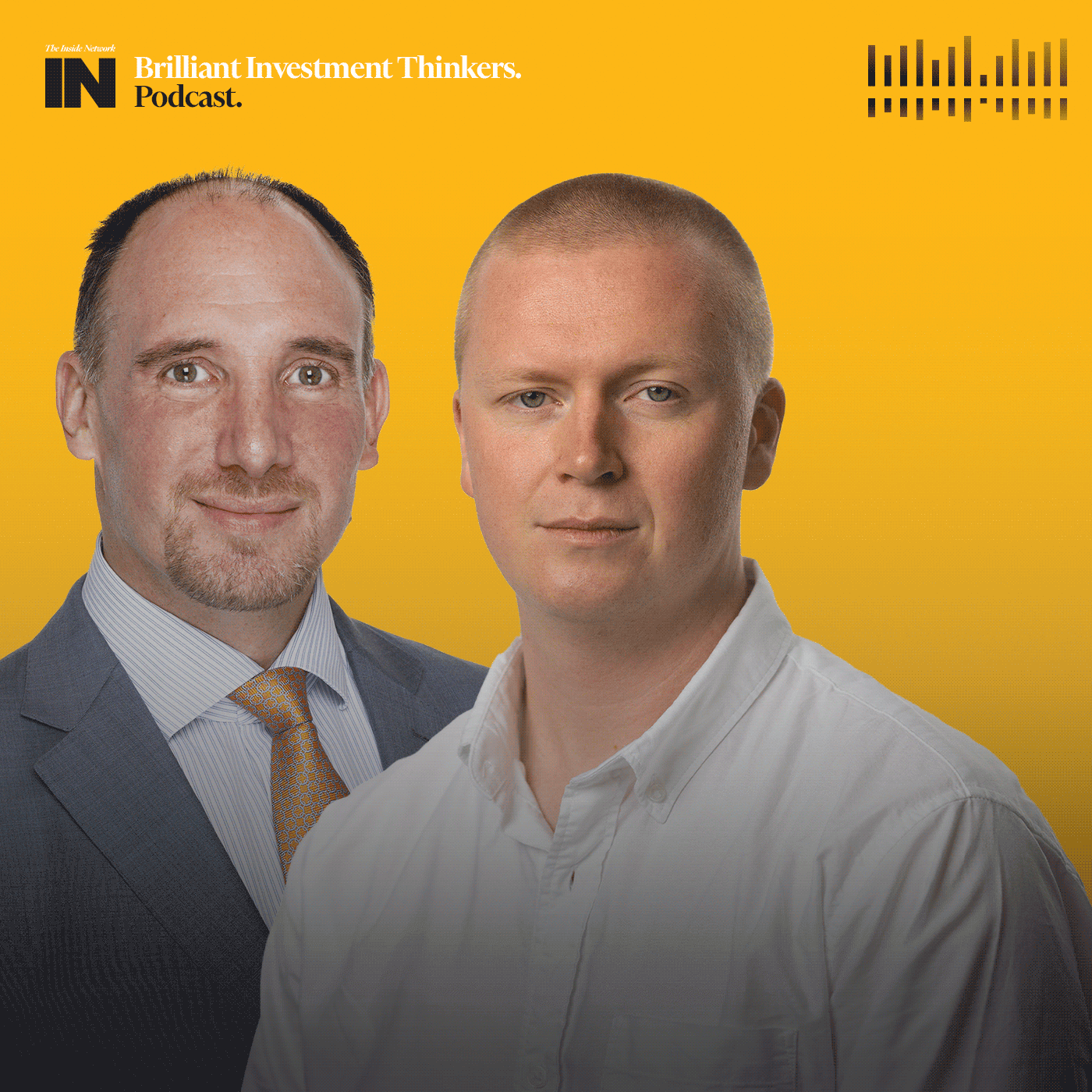‘Open-mindedness’ key in the era of correlated bonds and equities
It’s an exciting time in portfolio construction, with 20-year norms like the uncorrelated relationship between bonds and equities being upended, plus a surge in the popularity of alternative diversifiers vying to do the job that fixed income did so well, for so long.
With that change, believes Atrium Investment Management senior portfolio manager Brendan Paul, comes an important new directive for investors: be open to new ways of constructing portfolios, and don’t be afraid to add a new bucket if what you have isn’t as diversified as it used to be.
Speaking on a recent webcast, Paul explained how the paradigm has shifted for investors.
“For much of the last two decades… the correlation between bond and equity prices was slightly negative that whole period, and that meant a 60/40 portfolio did really, really well – when your equities weren’t doing great your bonds were doing well and vice versa.”
Higher inflation, however, which Atrium believes will remain for some time, has warped markets in such a way that bonds and equities risk matching each other to a highly unusual degree. “So with that, you get no benefit from bonds,” he said. As a result, investors need to look for alternative diversifiers.
“[Bonds] worked very well for the last two decades, but you have to be open to the idea that you need an extra bucket in there, which are these diversifiers.”
Like many other active management teams, Atrium has been diligent in sourcing alternative investments over the last decade or so for varying reasons. The fact that these a lot of these investments now slot well into the ‘non-equities correlated’ bucket means portfolios are well prepared for the current market environment.
“Those diversifiers are strategies we think can perform regardless of the direction of bonds and equities,” he said. “So at Atrium we have three buckets we consider in portfolio construction; growth drivers, which are equity-like investments including high-yield credit. We have diversifiers which are liquid alternative strategies, and our cash instruments like government bonds.”
It’s that middle bucket, the liquid alternatives, that active investors are increasingly looking at to provide ballast against growth drivers.
“It’s a structurally different environment going that we face going forward,” he said.
“We think that places a lot of emphasis on that diversifying bucket because higher inflation brings higher volatility, it changes the nature of the relationship between bonds and equities… you really need a solid, well constructed diversified bucket.”











